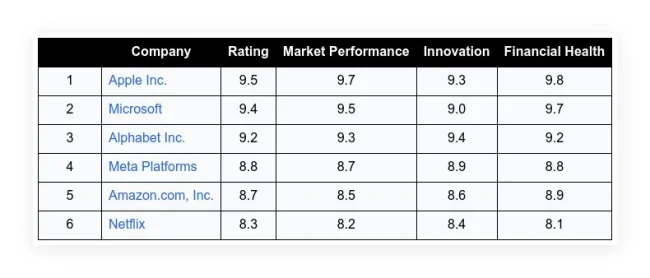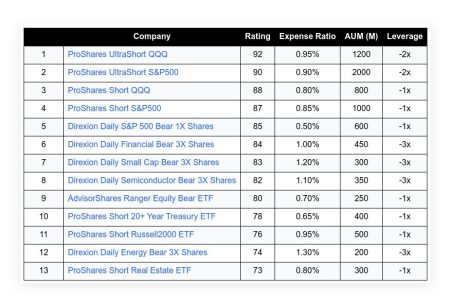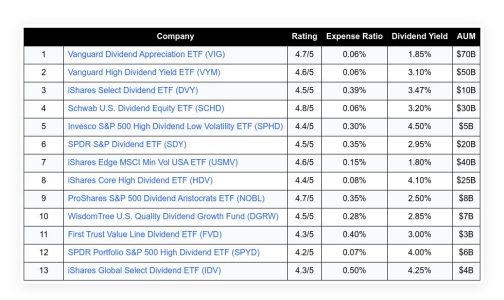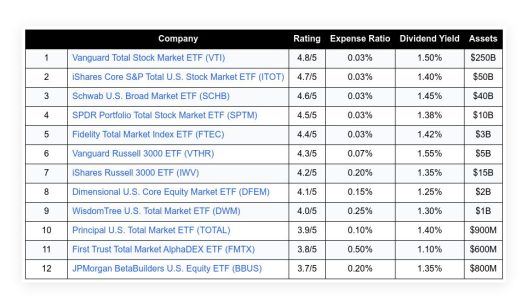Are stocks overvalued right now? With market indices reaching all-time highs, it is a question that many investors ask themselves as they try to evaluate the opportunities and risks in today’s market. In this in-depth article, we will explore various aspects of stock valuations, the relationship between stock prices and earnings, and the historical performance of the S&P 500 index. We will also discuss the implications of high valuation levels and provide insights on how to navigate the current investment landscape.
View this post on Instagram
A post shared by Taylor Sohns- CFP®, CIMA®, MBA- Finance (@lifegoalinvestments)
Table of Contents
ToggleUnderstanding Stock Valuations and the Price-to-Earnings Ratio
A common way to determine whether stocks are overvalued or undervalued is by looking at the price-to-earnings (P/E) ratio. This financial metric calculates how much an investor is willing to pay for every $1 worth of company earnings, reflecting the market’s expectation of a company’s future earnings potential.
The P/E ratio is calculated by dividing a company’s current stock price by its earnings per share (EPS), with a higher P/E ratio generally signaling that investors believe the company has strong earnings potential. However, it is important to use the P/E ratio as just one tool in your analysis, as other factors can also influence a company’s stock price.
A Historical Look at the S&P 500’s Price-to-Earnings Ratio
To explore the question of stock valuations, we can examine historical data for the S&P 500, a market index that consists of 500 of the largest publicly traded companies in the United States. Over the past 25 years, the average P/E ratio for the S&P 500 has been $16.75, meaning that on average, investors have been willing to pay $16.75 for each dollar of company earnings.
However, current valuations show that investors are now paying $18.80 for every $1 worth of company earnings, representing a higher P/E ratio than the historical average. Based on this data, it can be inferred that stocks are currently overvalued.
Stock Valuations as a Timing Mechanism
While the P/E ratio can indicate whether stocks are overvalued or undervalued, it is important to recognize that they are a poor timing mechanism. This means that a high P/E ratio does not necessarily imply that a stock market crash is imminent. The P/E ratio reached over 40 during the 1990s, for example, demonstrating that stocks can continue to become more expensive over time.
The Relationship Between Price-to-Earnings Ratios and Future Returns
When evaluating the predictive power of the P/E ratio, it can be helpful to analyze its relationship with future returns. Specifically, we can examine the connection between the P/E multiple and the annualized return for the S&P 500 in the subsequent five-year period.
Historical data reveals a negative correlation between these two variables, with higher P/E ratios typically resulting in more muted returns in the following years. For instance, when the market has previously traded in the range of 18.8 times earnings—where it currently stands—the average annualized return for the S&P 500 over the next five years has been 5.1%, or half its long-term average.
Takeaways for Investors in an Overvalued Market
While the P/E ratio data suggests that stocks are overvalued at present, it does not mean that the market will crash in the short term, and stocks could well continue to rise in the near future. However, investors should recognize that historically high valuations often lead to more subdued returns over the intermediate term.
To navigate this environment, investors should consider diversifying their portfolios to protect themselves against potential market downturns and lower future returns. This can be achieved by allocating investments across various asset classes, industries, and geographical regions. Additionally, investors should stay informed by following daily market updates and considering the advice of financial experts.
Conclusion
The current stock market landscape presents both opportunities and risks for investors. While the P/E ratio data indicates that stocks are overvalued, it is not a perfect predictor of future market performance. Investors should be aware of the historical relationship between high valuations and more muted returns in the subsequent years and diversify their portfolios accordingly to protect themselves from potential market volatility and lower-than-average returns. By staying vigilant and well-informed, investors can make sound financial decisions in today’s market.
Frequently Asked Questions
What is the price-to-earnings (P/E) ratio and how is it calculated?
The P/E ratio is a financial metric that calculates how much an investor is willing to pay for every $1 worth of company earnings, reflecting the market’s expectation of a company’s future earnings potential. It is calculated by dividing a company’s current stock price by its earnings per share (EPS).
What is the average P/E ratio for the S&P 500 over the past 25 years?
Over the past 25 years, the average P/E ratio for the S&P 500 has been $16.75, meaning that on average, investors have been willing to pay $16.75 for each dollar of company earnings.
Are stocks currently overvalued according to the P/E ratio?
Based on current valuations showing that investors are now paying $18.80 for every $1 worth of company earnings, which is higher than the historical average P/E ratio, it can be inferred that stocks are currently overvalued.
Can the P/E ratio be used as a timing mechanism for the stock market?
The P/E ratio can indicate whether stocks are overvalued or undervalued, but it is important to recognize that they are a poor timing mechanism. This means that a high P/E ratio does not necessarily imply that a stock market crash is imminent.
What is the relationship between the P/E ratio and future stock returns?
Historical data reveals a negative correlation between the P/E multiple and the annualized return for the S&P 500 in the subsequent five-year period, with higher P/E ratios typically resulting in more muted returns in the following years.
How should investors navigate the current overvalued market?
Investors should consider diversifying their portfolios to protect themselves against potential market downturns and lower future returns. This can be achieved by allocating investments across various asset classes, industries, and geographical regions. Additionally, investors should stay informed by following daily market updates and considering the advice of financial experts.

















